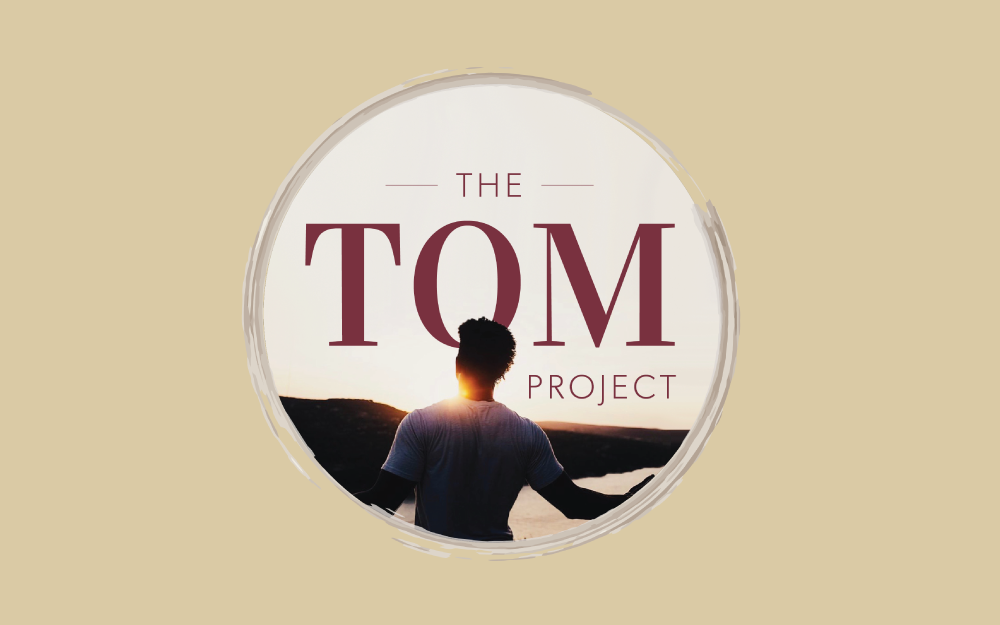BE A HERO IN
YOUR COMMUNITY
There are many ways to bring a life saving AED to your school, office or community space.
Think of All the Places You Spend Your Time
DOES THIS PLACE HAVE AN AED?
-
Schools often have a need for AEDs on campus because students, teachers, and staff may experience SCA, and the response time of emergency services may be slower.
-
Many workplaces have a need to be equipped with AEDs to protect employees who may experience SCA on the job.
-
Community centers, including churches, libraries, and other gathering places, are perfect places to be equipped with AEDs because they serve as central locations for many people to congregate.
-
Hotels and resorts often have a need for AEDs because they accommodate large numbers of travelers, and response times for emergency medical services may be slower in remote areas.
-
Sports venues like stadiums, arenas, and gyms are places where people engage in physical activity, increasing the likelihood of cardiac arrest and the need for an AED.
-
Train stations, bus terminals, and other public transportation hubs have a need for AEDs because they serve a high volume of travelers who may experience SCA.
-
Airports are a common locations that have a high need for AEDs because they have large numbers of people passing through them every day, and travelers may experience a sudden cardiac arrest.
-
Shopping malls are commonly a place of need for AEDs because they attract large crowds of people, and the time it takes for emergency medical services to arrive may be longer.
-
Government buildings such as courthouses and town halls often have a need for AEDs because they serve as central locations for many people to conduct business.
-
Hospitals are generally equipped with AEDs because they are medical facilities that receive many patients who may be at risk of SCA.
How to Bring an AED to Your Community
Whether you have funds or not, there are many ways to be a hero in your community.
It doesn’t cost much to make a life-saving investment for sudden cardiac arrest and protecting the ones you love.
Donating an AED can potentially save someone's life by providing immediate treatment for sudden cardiac arrest.
Advocating for AEDs in all public areas can increase survival rates and save lives in the communities you care most about.
An Automated External Defibrillator (AED) is a portable electronic device that analyzes the heart rhythm and delivers an electric shock to the heart if it detects a life-threatening rhythm.
The device uses adhesive electrode pads placed on the victim's chest to detect the heart's electrical activity and deliver a shock if needed.
The AED is designed to be used by non-medical personnel and can be found in public places, such as airports, malls, and schools, to improve the chances of survival of people experiencing sudden cardiac arrest.
How AEDs Work
Sounds Too Hard?
Donate Toward Our AED Placement Program
All donations to Who We Play For goes directly to life-saving heart screenings, AED placements, research, and more to help eliminate sudden cardiac death in the young. For every $20 donated, we are able to provide 1 heart screening to a student. For every $6,000 donated, we are able to save a life.
AED FAQs
-
An Automated External Defibrillator (AED) is a lightweight, electronic portable device that can check for an abnormal heart rhythm and, if needed, deliver an electric shock through the chest to the heart. The shock can potentially stop an irregular heartbeat (arrhythmia) and allow a normal rhythm to resume following Sudden Cardiac Arrest (SCA). According to the American Heart Association, AEDs increase the chance of surviving SCA by 50%. There are studies that show if an AED is placed on a student under age 18 within 3 minutes, there is an 89% chance of SCA survival.
-
Anyone trained in Cardiopulmonary Resuscitation (CPR) can use an AED. Formal training is not required; however, the American Heart Association recommends an individual be trained in both.
-
An AED is designed to be simple and used by people with little or no training. Upon turning on the AED, it will begin coaching the user through the event using audible prompts and visual cues, such as lights on physical diagrams, or even a video screen on some AEDs like the ZOLL AED 3 model that we sell.
-
Almost anywhere people gather, an AED should be within 2 minutes. All first-response vehicles should have an AED. This includes ambulances, fire engines, and law enforcement vehicles. AEDs should also be placed in all fitness centers, public swimming pools, buildings with any occupancy, recreation parks, all athletic programs, and especially in our schools.
NEW! Avive AEDs
-
It is the lightest and smallest FDA-approved AED available — weighing just 2.1 lbs with the Avive Connect installed, and built for accessibility, portability, and durability.
-
One-time Payment: $1,395
LIFESaver Plan: $349/year
-
Affordability, durability, and accessibility giving easier access for use when SCA strikes.
The TOM Project
AED Partnerships
The TOM Project is an FSU student initiative created to battle SCA started in honor of Toluwani (Tom) Idowu who passed away from SCA on April 29, 2020 at the age of 22.
The initiative has lead to AEDs being added across FSU campus and in all dorms.
Other Ways to Get Involved











